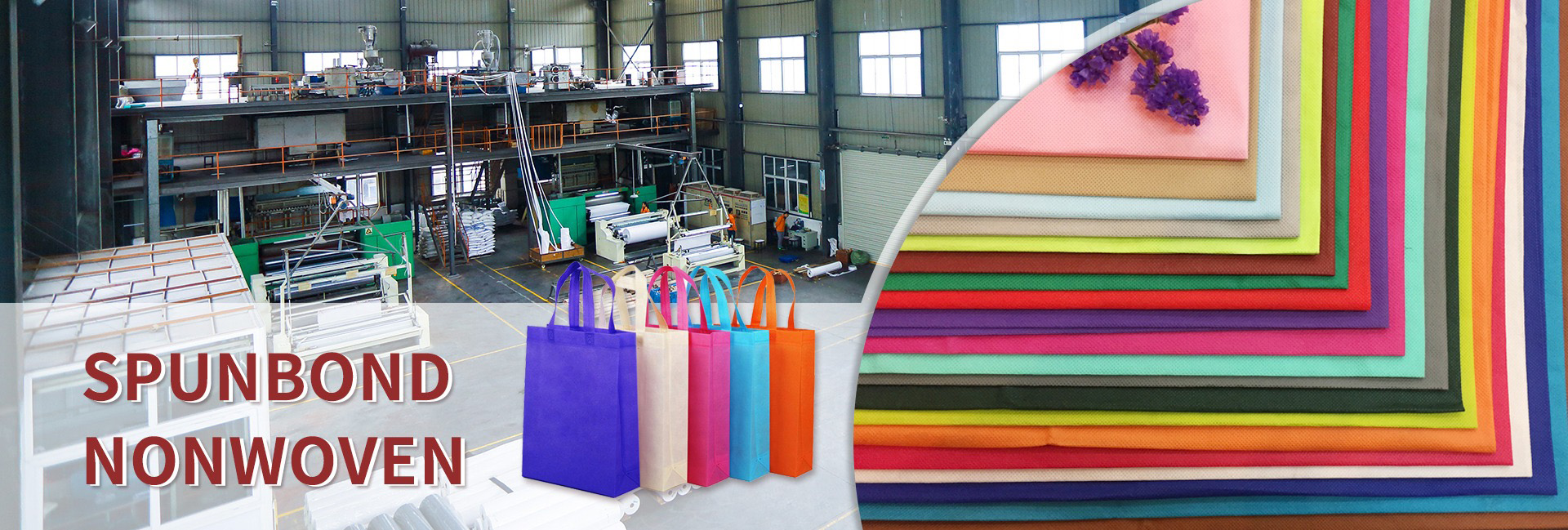For high rice yields, strong seedlings are crucial. While traditional agricultural film can retain heat, it has numerous drawbacks. Non-woven fabric covering technology, with its superior comprehensive performance, has become the preferred choice for modern rice farmers. Its secret to achieving a high seedling survival rate of over 95% stems from a “precision revolution” in the seedling growing environment.
Pain Points of Traditional Seedling Cultivation: Why is it so difficult to ensure seedling survival?
High Temperature and Humidity: Agricultural film is highly airtight, and on sunny days, temperatures inside greenhouses can easily soar to over 40-50°C, causing “high-temperature seedling burn.”
Frequent Diseases (Stein Blight and Soft Rot): Airtightness leads to excessive humidity, resulting in prolonged waterlogging on the soil surface, creating a breeding ground for pathogens.
Complex Management: Frequent manual work is required, requiring frequent film removal for ventilation and watering, and sudden temperature fluctuations can easily cause stress damage to the seedlings.
Poor Quality: Seedlings in a closed, high-temperature environment tend to grow too tall, resulting in weak and sluggish root systems, making them “tall seedlings.”
The Four Core Secrets of Non-woven Fabric Seedling Raising
Non-woven fabric acts like a smart “nursery assistant,” creating a nearly ideal environment for seedlings through its physical properties.
Secret 1: “Breathing” Temperature Control to Prevent Seedling Burn
Mechanism: The microporous structure of non-woven fabric makes it inherently breathable.
Effect: On sunny days, it quickly dissipates accumulated heat and moisture within the greenhouse, keeping the maximum temperature below 32°C, effectively avoiding the risk of high-temperature seedling burn. At night, it also provides excellent insulation, minimizing the temperature difference between day and night, making it ideal for seedling growth.
Secret 2: “Intelligent” Humidity Control to Suppress Diseases
Mechanism: The breathable nature of the fabric naturally maintains an optimal humidity level within the greenhouse, preventing “rain” within the film and surface water accumulation.
Effect: The soil surface remains dry and moist, reducing the incidence of damping-off and cotton rot by over 80%. This is the direct reason for the 95% seedling survival rate.
Secret Three: Optimizing the Microbiome for Strong Roots
Mechanism: A continuously breathable environment ensures oxygen supply to the rhizosphere.
Effect: To obtain more oxygen, the seedling roots grow more developed, thicker, and with more white roots. As the saying goes, “deep roots lead to lush leaves.” A strong root system is the foundation for nutrient absorption and strong seedlings. Seedlings grown on non-woven fabric are short and stocky, with a wide base, high dry matter accumulation, and strong resistance to stress.
Secret Four: “Management-Free” Mode, Freeing Up Labor
Mechanism: Because extreme high temperatures are avoided, manual film removal and ventilation are unnecessary throughout the seedling raising period.
Effect: Water management is also simplified, allowing rainfall to penetrate directly, reducing watering frequency. This significantly reduces labor intensity and management risks, enabling simplified seedling raising: “sow and wait for transplanting.”
Key Technology: How to Achieve a High 95% Seedling Survival Rate?
Precise Covering: After sowing the seeds and treading them into the soil, evenly cover the seedling bed with non-woven fabric. Press down with soil or wooden strips to prevent wind from blowing away.
Water Management: No special watering is required before removing the cover unless the topsoil is white and severely dry. Rainfall will soak through directly, so there is generally no need to worry.
Timely Covering: Generally, after the seedlings have grown to two leaves and one heart and the temperature has stabilized, remove the non-woven fabric in the evening or on a cloudy day to allow the seedlings to fully acclimate to the external environment.
From “Seedling Survival Rate” to “High Harvest Rate”: The Chain Benefits It Brings
A high seedling survival rate is only the first step; it triggers a series of positive chain reactions:
Seed Saving: An increased seedling survival rate can directly reduce seed usage by approximately 20%.
High Planting Quality: The seedlings are uniform and strong, turning green quickly after planting, and tillering early and abundantly.
Laying the foundation for high yields: A strong root system and robust plant body provide a solid foundation for subsequent absorption of light, water, and fertilizer, ultimately leading to the formation of high-yield, large ears.
Conclusion
The secret of using non-woven fabric to cover rice seedlings lies not in providing some “magic nutrient,” but in its respect and adherence to the fundamental principles of plant growth: warmth, but not overheating; moisture, but not waterlogging; and protection, but not restraint.
Through the wisdom of “ruling by doing nothing,” it creates an optimal microenvironment for the seedlings, achieving a harmonious balance of temperature, humidity, and air. This has steadily increased the seedling survival rate from the unstable state of traditional methods to a high level of over 95%. This technology not only represents a new evolution in seedling raising materials but also marks a significant step forward in rice production’s progress toward simplification, standardization, and high quality. It represents a solid and effective “small technology, big contribution” to ensuring national food security.
Dongguan Liansheng Non woven Technology Co., Ltd. was established in May 2020. It is a large-scale non-woven fabric production enterprise integrating research and development, production, and sales. It can produce various colors of PP spunbond non-woven fabrics with a width of less than 3.2 meters from 9 grams to 300 grams.
Post time: Oct-13-2025

